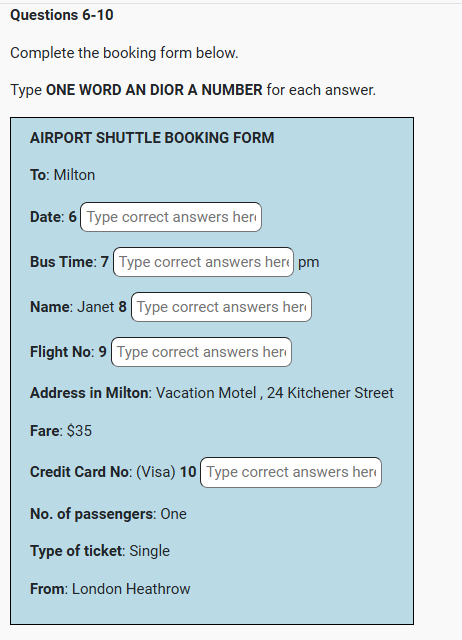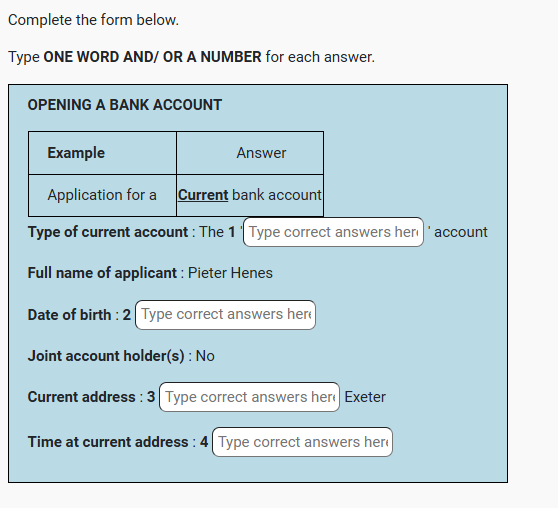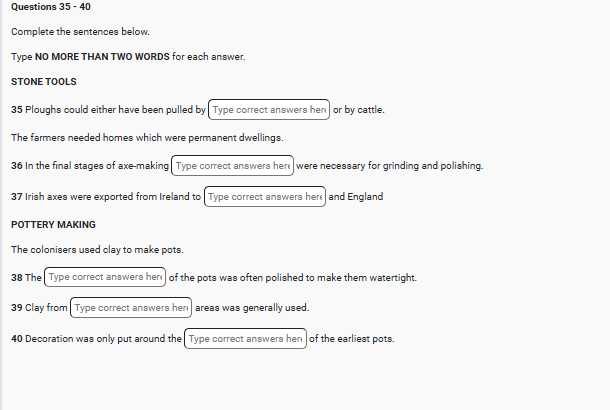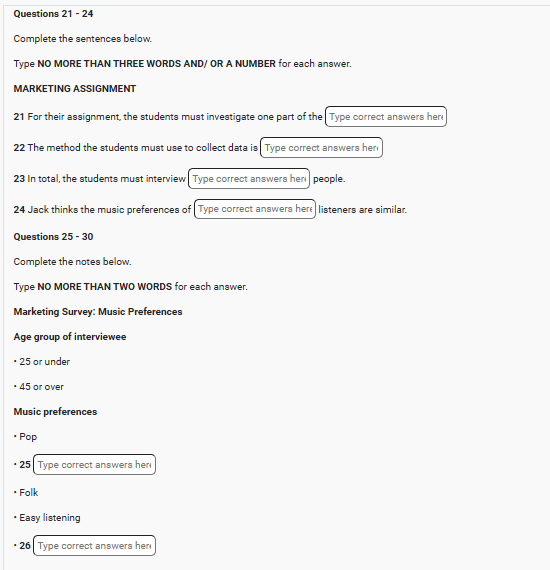IELTS LISTENING – Transport from Airport to Milton S37T1
IELTS Listening Transport from Airport to Milton listening practice test has 10 questions belongs to the Leisure & Entertainment subject.
MAN: Hello, this is Land Transport Information at Toronto Airport. How may I help you?
WOMAN: Oh, good morning. Um. I’m living to Toronto Airport next week, and I need to get to a town called um, Milton. Could you tell me how I can get there?
MAN: Milton, did you say? Let me see. I think that’s about 150 miles southwest of here. In fact it’s Example 147 miles to be exact, so it’ll lake you at least say, three to four hours by road.
Audio Player🎧Attempt Free Listening Test…
WOMAN: Wow! Is it as far as that?
MAN: Yes, I m afraid so. But you have a number of options to get you there and you can always rent a car right here at the airport, of course.
WOMAN: Right. Well, I don’t really want to drive myself, so I’d like more information about public transport.
MAN : OK. In that case the quickest and most comfortable is a cab and of course there are always plenty available. But it’ll cost you. You can also lake a Greyhound bus or there’s an Airport Shuttle Service lo Milton.

WOMAN : Hmnm, I think lor that kind of distance a Q1 cab would be way beyond my budget. But the bus sounds OK. Can you tell me how much that would cost?
MAN : Sure. Let’s see. that would be $15 one way. or $27.50 return… that’s on the Greyhound.
WOMAN : Oh. that’s quite cheap great! But whereabouts does it stop in Milton?
MAN : It goes directly from the airport here lo the Q2 City Centre and it’s pretty fast. But you have to bear in mind that there is only one departure a day, so it depends what time your flight gets in.
WOMAN : Oh. of course. Hang on, we’re due to get there at 11.30 pm.
MAN : Hmm, too bad. the bus leaves at 3.45, so you would have quite a Q3 wait more than 4 hours.
WOMAN : Oh. I see. Well, what about the Shuttle you mentioned?
MAN : OK. thats the Airport Shuttle that will take you from the airport right to your hotel or private address. It’s a Q4 door-to-door service and it would suit you much better, because there’s one every two hours.
WOMAN : So how much does that cost?
MAN : Let’s see. Yeah, that’s $35 one way, $65 return, so I guess it’s a bit more expensive than the Greyhound.
WOMAN : Oh, that doesn’t sound too bad, especially if it’ll take me straight to the hotel.
MAN : But you do need to Q5 reserve a seat.
WOMAN : OK, is it possible to make a booking right now? Through you?
MAN : Sure.
MAN : OK, I just have to fill this form out for you. So what date do you want to book this for?

WOMAN : The 16th of October oh, no, sorry, that’s my departure date. I arrive on the Q6 17th, so book it for then, please.
MAN : So. that’s the Toronto Airport Shuttle to Milton. And this is for just one person or… ?
WOMAN : Yes, just me, please.
MAN : Right. And you said your expected time of arrival was 11.30. So if I book your Shuttle for after 12.00 let’s say, Q7 12.30: that should give you plenty of time to, you know, collect your baggage, maybe grab a coffee?
WOMAN : Yeah, that sounds fine, as long as we land on time!
MAN : Well, we’ll take your flight details so you don’t need to worry too much about that. Now. what about the fare? What sort of ticket do you want? One way or . . .?
WOMAN : Yes, that’ll be fine, provided I can book the return trip once I’m there.
MAN : No problem just allow a couple of days in advance to make sure you get a seat. And what’s your name, please?
WOMAN : Janet. Janet Thomson.
MAN : Is that Thompson spell with a ‘p’?
WOMAN : No. its Q8 T-H-O-M-S-O-N.
MAN : OK. And you’ll be coming from the UK? What flight will you be travelling on?
WOMAN : Oh, it’s Air Canada flight number Q9 AC936, from London Heathrow.
MAN : Right. Now. do you know where you’ll be staying? We need to give the driver an address.
WOMAN : Yes. it’s called the Vacation Motel and I think it’s near the town centre. Anyway, the address is 24, Kitchener Street that’s KITCHKENER Street.
MAN : That’s fine. Right, so that’s S35 to pay please. Have you got your credit card number there?
WOMAN : Yes. it’s a VISA card, and the number is Q10 3303 8450 2045 6837.
MAN : OK. Well, that seems to be everything. Have a good trip and we’ll see you in Toronto next week!
WOMAN : Yes, bye oh, thanks for your help!
🎧Attempt Free Listening Test…
Boost Your Score: Practice IELTS Online with IELTS Simulator.
![]()
8439000086
8439000087
7055710003
7055710004
IELTS Simulation 323 GMS Road, Near Ballupur Chowk, Dehradun, India
![]()
email: info at ieltsband7.com
Boost Your Score: Practice IELTS Online with IELTS Simulator Prepare for IELTS Effectively Using IELTS Simulator Ace the IELTS: Try Realistic Practice on IELTS Simulator IELTS Simulator: Online Practice to Improve Your IELTS Score Rocky Bay field trip listening practice test has 10 questions belongs to the Leisure & Entertainment subject. Prepare for IELTS IELTS Test International Experienced Teacher Best Training By CELTA Trainer. Best Results Easily Get Required Score IELTS Exam Dates Available, Small Batch Size with Flexible Time, Professional. Easily Get Required Score I am interested in IELTS Pass with Confidence, Dehradun Small Batch Size with Flexible Time, professional faculty. Learn From Experienced Teacher Best IELTS Coaching Dehradun Best IELTS in Dehradun Uttarakhand GMS Road BEST coaching in Dehradun Apply for Class Courses Today Good Results. Small Batch Size, Flexible Time and Professional IELTS Teacher Best IELTS coaching classes IDP certified British Council trained and CELTA certified experienced trainer. Easily Get Required Score Tel:8439000086 Tel:8439000087 Tel:7055710003 Tel:7055710004 Tel:7055710009









